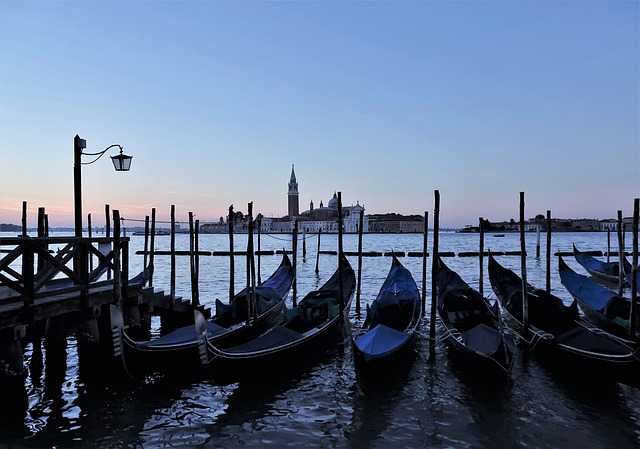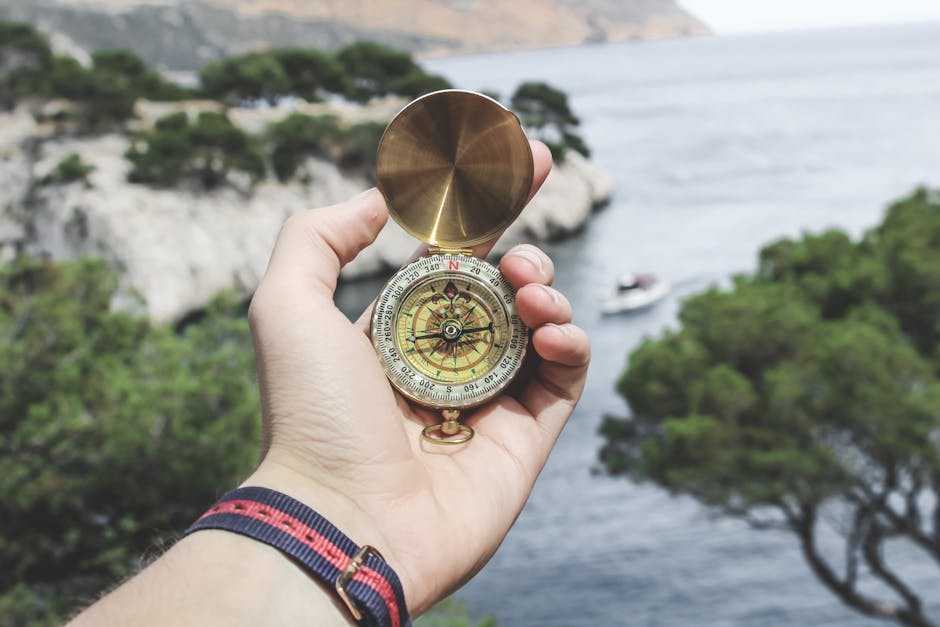Table of Contents
- Exploring Iconic Modern Art Galleries in NYC
- Diverse Movements That Shaped New Yorks Art Scene
- Must-See Modern Art Installations and Exhibits
- Understanding the Impact of Technology on Contemporary Art
- How to Navigate NYCs Modern Art Landscape Like a Pro
- Q&A
- Concluding Remarks


Exploring Iconic Modern Art Galleries in NYC
New York City is a vibrant hub for modern art, boasting some of the world’s most renowned galleries that showcase a diverse range of contemporary works. From edgy installations to thought-provoking exhibitions, these spaces allow visitors to explore the ever-evolving landscape of artistic expression. One must-visit destination is the MoMA (Museum of Modern Art), where iconic pieces by masters such as Van Gogh and Warhol reside alongside cutting-edge video art and immersive installations.
Another notable spot is the Whitney Museum of American Art, which focuses on 20th and 21st-century American art. With a stunning rooftop terrace that offers breathtaking views of the city, the Whitney not only features the works of contemporary legends but also provides a platform for emerging artists. The experience is enhanced further by its engaging public programs and events that attract art enthusiasts from all around the globe.
For those seeking something off the beaten path, David Zwirner Gallery presents a mix of established and experimental artists. This gallery is renowned for its rotating exhibitions, often showcasing groundbreaking work that captures the spirit of modern artistic movements. To help navigate your visit, here’s a quick comparison of some iconic modern art galleries in NYC:
| Gallery Name | Focus | Notable Features |
|---|---|---|
| MoMA | Modern and contemporary art | Iconic artists & film screenings |
| Whitney Museum | American art | Rooftop views & community events |
| David Zwirner Gallery | Experimental & contemporary art | Rotating exhibitions & emerging artists |


Diverse Movements That Shaped New Yorks Art Scene
New York City has long been a melting pot of ideas, cultures, and artistic expressions, significantly shaping its art scene. One pivotal movement that left an indelible mark is the Abstract Expressionism of the 1940s and 50s. Artists like Jackson Pollock and Mark Rothko emerged during this era, bringing a refreshing focus on spontaneous, emotional expression. Their work emphasized individual experience, often characterized by large canvases and bold colors, inviting viewers to immerse themselves in the artwork’s depth. This movement propelled NYC into the spotlight as the epicenter of the modern art world.
Further diversifying the art landscape were movements like Pop Art in the 1960s, which challenged traditional boundaries by integrating mass culture into fine art. Artists such as Andy Warhol and Roy Lichtenstein celebrated consumerism, using techniques from advertising and comic strips to critique society. The incorporation of everyday objects and popular imagery not only bridged the gap between high and low culture but also encouraged a dialogue about art’s accessibility in contemporary life. The playful yet thought-provoking nature of Pop Art captivated a wide audience and solidified New York as a vibrant hub for modern creativity.
More recently, the city has witnessed the rise of Street Art, which has evolved from graffiti into a legitimate form of contemporary expression. Artists like Banksy and Shepard Fairey use urban spaces to convey powerful social and political messages, blurring the lines between art and activism. Through murals and installations, street artists have transformed neglected areas into open-air galleries, fostering community engagement and dialogue. This democratization of art not only reflects the city’s dynamic pulse but also highlights how diverse movements continue to redefine what it means to be an artist in New York City.
Must-See Modern Art Installations and Exhibits
When exploring the vibrant landscape of contemporary art in New York City, a few installations stand out as must-visit experiences. These displays not only challenge traditional notions of art but also encourage viewers to engage with their surroundings in unique ways. One stunning exhibit to consider is the “The Vessel” at Hudson Yards, an architectural wonder that invites visitors to climb its honeycomb-like structure, offering new perspectives of the cityscape. Its interplay of light and shadows creates a mesmerizing atmosphere that shifts with each step.
Another noteworthy installation is “The Icebergs” by Catherine Opie, showcased at the Rubin Museum of Art. This exhibit combines photography and large-scale video projections to depict the beauty and fragility of natural landscapes, emphasizing the profound connection between human activity and environmental conservation. Visitors are encouraged to reflect on their relationship with nature, making it a compelling destination for anyone interested in both art and environmental issues.
If you are in the mood for something interactive, don’t miss the “Refik Anadol: Living Architecture” at Pace Gallery. This extraordinary installation uses artificial intelligence to transform architectural spaces into dynamic visual experiences. Through real-time data, the exhibit reacts to its audience and surroundings, blurring the lines between digital and physical art forms. Here’s a quick look at some key features:
| Exhibit Name | Location | Key Features |
|---|---|---|
| The Vessel | Hudson Yards | Climbable, architectural marvel |
| The Icebergs | Rubin Museum of Art | Photography, environmental themes |
| Living Architecture | Pace Gallery | AI-driven, interactive experience |


Understanding the Impact of Technology on Contemporary Art
The relationship between technology and contemporary art has become increasingly intricate, allowing for innovative expressions and redefining how we perceive and engage with creativity. Today, artists leverage various digital tools and platforms that not only enhance their creative processes but also broaden their audience reach. Techniques such as digital painting, 3D modeling, and video installation have emerged, transforming traditional art forms and pushing the boundaries of what constitutes artistic media.
The rise of social media has significantly altered the art landscape, offering artists unprecedented visibility and interaction. Platforms like Instagram and TikTok serve as virtual galleries, enabling artists to showcase their work to a global audience without the constraints of physical space. In this environment, visual storytelling blends with marketing, allowing creators to connect with their audience on a more personal level. This proliferation of exposure presents both opportunities and challenges, as artists must navigate the tension between commercial viability and creative integrity.
Furthermore, the integration of technology in art creation has sparked discussions about authenticity and ownership. With concepts such as NFTs (Non-Fungible Tokens) gaining traction, artists are exploring new avenues for establishing provenance and protecting their intellectual property. This evolution in ownership models not only empowers creators but also raises questions about the future of art collecting. As technology continues to shape the art world, the dialogue surrounding these themes will only grow, compelling artists, curators, and audiences alike to reconsider their roles within this dynamic landscape.


How to Navigate NYCs Modern Art Landscape Like a Pro
Exploring the vibrant modern art scene in New York City can feel overwhelming, but with a few insider tips, you’ll be navigating like a seasoned pro. Start by familiarizing yourself with the city’s key art districts. Areas such as Chelsea and the Lower East Side are teeming with contemporary galleries, while the Museum of Modern Art (MoMA) and the Whitney Museum of American Art are essential stops. Each neighborhood offers a unique vibe, showcasing emerging artists as well as renowned names.
When planning your visit, consider diving into upcoming exhibitions and art events that may be overlooked. Many galleries host opening receptions, providing an excellent opportunity to mingle with artists and collectors. Utilize local resources such as Artsy or the official NYC art calendar to stay updated. Don’t forget to check out public installations, which can be found in places like Hudson Yards and Central Park, turning your exploration into an outdoor gallery experience.
| Gallery Name | Location | Notable Artist |
|---|---|---|
| Gagosian Gallery | Chelsea | Jeff Koons |
| David Zwirner | Lower East Side | Yayoi Kusama |
| Luhring Augustine | Bushwick | Rashid Johnson |
Lastly, immerse yourself in the art community by following local influencers and artists on social media platforms. This not only provides an inside look into their processes and exhibitions but also invites you to participate in discussions and events. Don’t hesitate to engage with art enthusiasts; sharing perspectives can deepen your appreciation and understanding of modern art. Whether you’re a novice or an aficionado, the key to truly enjoying NYC’s art landscape lies in your willingness to explore, connect, and evolve with the ever-changing world of creative expression.
